Meet new friends, learn new recipes, join a Community Kitchen!
September 08, 2010
What’s a community kitchen, you ask? According to the Vancouver-based Community Kitchens website it’s a “group that cooks together in a friendly social atmosphere, sharing what they make.” This brilliant concept was born in the mid ‘80’s, quickly attracting and becoming adopted by public sector professionals who have since employed the community kitchen model in many different programs for all sorts of people. Today, there is a community kitchen for, well, everyone - from moms with kids, to diabetics, to seniors, to new immigrants.
We contacted Diane Collis, who manages the Community Kitchens initiative, to enlighten us. She tells us that in a world of busy working families, cultural diversity, and families living far apart from one another, the process of cooking and eating together remains to be a ritual best shared. So true.
BT: How did the Community Kitchens model get started?
DC: “The Community Kitchen movement started in BC in the 80’s, when the focus was around helping people on a low income cook nutritious foods. Today, while that is still a key benefit, community agencies around BC now use kitchens as a vehicle for many things- to teach nutrition, to teach new immigrants to cook and prepare Canadian food [using readily available ingredients], to teach people with diabetes to learn to eat heart smart, to teach cooking to seniors. There are groups for pre- and post-natal families, for people who work a lot, for those seeking to make new friends… the list is endless. Kitchens are now for all types of people and agencies across the province. They are simply participatory in nature. People participate to the best of their ability in the shopping, cooking, and cleanup.”
BT: So, people can either join a Community Kitchen or start their own?
DC: “That’s right. There are two different categories of community kitchens. The first is self-directed; where a few people will get together to cook in their neighborhood and divide up meals to take home. In this case, no funding is needed and they pretty much sustain themselves. The second type is fully-funded kitchens run through NGOs in which case all the resources are provided for the program. People can find all the available kitchens on our website and resources to start their own.”
BT: What are some of the key benefits of Community Kitchens?
DC: “In many ways, the community kitchen has replaced the extended family for people who don’t have family of their own nearby. The focus of the community kitchen movement is on simple recipes from scratch, local food, eating seasonally, affordably and eating whole foods. It’s all about keeping meal prep nice, simple and manageable, taking it back to when people used to cook from scratch without even thinking about it. It’s meant to be easily duplicable at home.”
Thanks for chatting with us Diane! If this sounds as appealing to you as it does to us, all the tools you need to start your own kitchen are online here.
Have you ever participated in a Community Kitchen? Where do you go to find new recipes or to build community? We’d love to hear from you. Share your insights with us here. This week we’re giving away the community kitchen cookbook, Many Hands Cookbook, an archive of recipes by Vancouver Community Kitchen participants working with Chef Karen Barnaby.

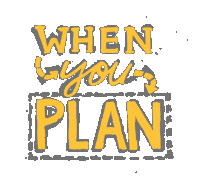


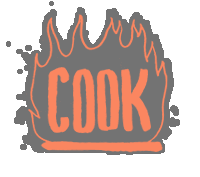
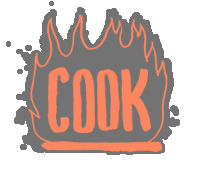

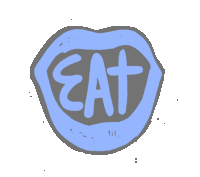



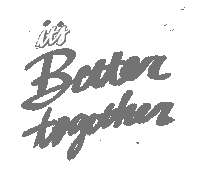

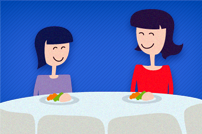

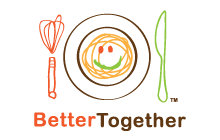
(0) Comments